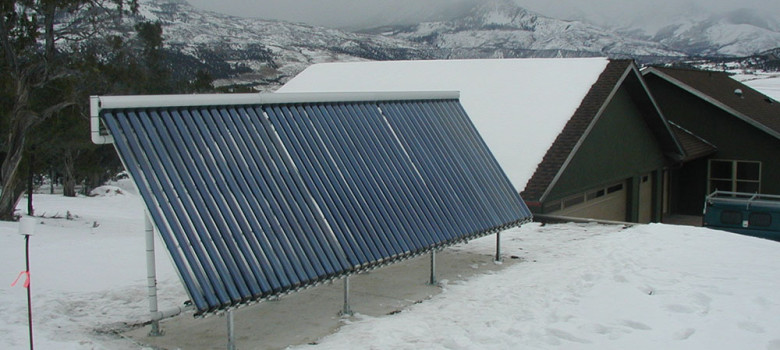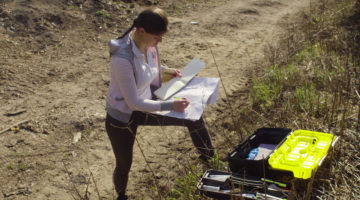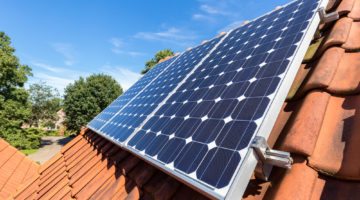
For many of us with old heat-only boilers, we have a hot water cylinder hidden away in the airing cupboard. Typically these hot water tanks are heated by a boiler and are built to do just that.
Since the introduction of the RHI, there has been a huge increase in the number of people installing solar thermal in their homes. Solar thermal in layman terms turns the suns energy into hot water – which is great because during the summer months you never have to pay for any hot water you use in the house and even during the colder months it still helps since it allows you to minimise the usage of your boiler.
If you decide to install solar thermal in your home you will need a hot water tank to store the hot water produced from your collector – the problem though, is that you can’t plumb one of these systems into the older hot water tanks that are historically found with boilers.
Twin Coiler Cylinders
The reason for this is that inside the hot water tank there needs to be a separate coil for each ‘hot water source’. In this case you would need a coil for the solar thermal and you would need a coil for the hot water. Normally in a residential solar store (i.e. a hot water tank with a solar coil), the solar is connected to the lower coil and the boiler (or main heating source) is connected to the top coil.
Solar coils are much larger than traditional boiler coils because they need a far bigger surface area to transfer their heat into the water compared to a boiler. The reason is that the hot water travelling through the solar thermal coil is at a much lower temperature than the water travelling through a boiler coil.
As a guide, the surface area of a solar thermal coil needs to be in excess of 1.5m2, while a boiler coil can be as little as 0.6m2 – this increased surface area maximises the opportunity for heat transfer and is a must based on the lower water temperature flowing through the coil.

In a solar thermal store, it is important that this temperature differential is maximised and this is achieved by making the hot water tank rather large and tall. So while the top of the tank could achieve temperatures of 600C plus, the water at the bottom of the tank might be as low as 150C degrees. What this means is that even if the solar thermal is only producing water to 200C degrees, it will still contribute to the hot water demand of the property.
Storing the hot water you produce on sunny days
Since the hot water tanks used for solar thermal systems tend to be big, they tend to be able to store far more hot water than is actually required by most families that install one of them. Since solar thermal is intermittent, i.e. it produces much more hot water when the sun is shining, this oversized heat tank allows you to store the hot water – thereby taking advantage of favourable conditions a day or two later to help minimise the need to use the boiler.












Do you have typos in this piece? 600 degrees C at the top of the tank and 150 at the bottom? My hot water cylinder is heated to about 50 degrees C by my heat pump and 65 degrees by the immersion heater.
Gerald,
Thanks for spotting that, the extra zeros were meant to be superscript.
Re. “If you cast your mind back to your GCSE science, you will know that heat rises”.
Heat does not rise. Heat can be transferred by radiation and conduction as well as convection. Radiation and conduction can travel in any direction, up, down and anything in between. How would radiant heat form the sun get to the ground on earth otherwise?
In convection fluid rises or sinks due to its relative density. Relatively warmer water will usually rise, but not always. Ice is less dense than water and as water is cooled to near freezing, at about 4 degrees and below, it begins to expand, becoming less dense, and rises as it starts to freeze. If this did not happen ice would form at the bottom, rather than on the surface.
So to say “heat rises” is absolute bollocks for radiation and conduction, and partial bollocks for convection in water. If GCE science actual did teach that “heat rises” (which it doesn’t), the syllabus would need to be changed to reflect reality and the laws of physics.
Not strictly correct. Water density falls with temperature so as heats up the change causes upward convention flow the density change. Consequently in closed system heat apper to move upward. Making hotter than the bottom. The convention flow from can sufficient to water flow around a central though you need big pipes min 1inch. These were used older back boiler heating from open fires and stoves.
Thanks Andrew, in the case of hot water in tanks, the hot water tends to be at the top rather than the bottom. Apologies for trying to simplify things to much!